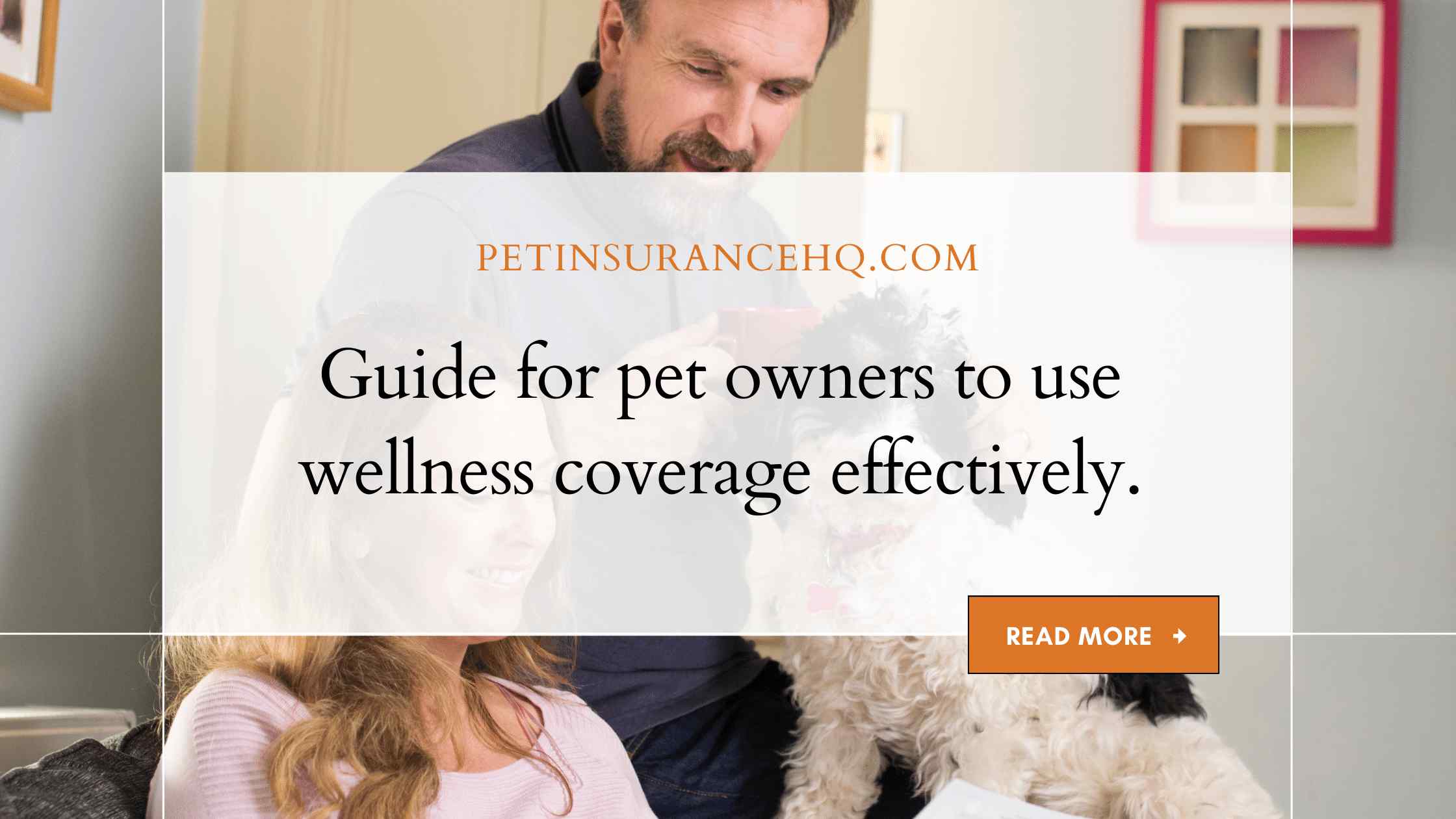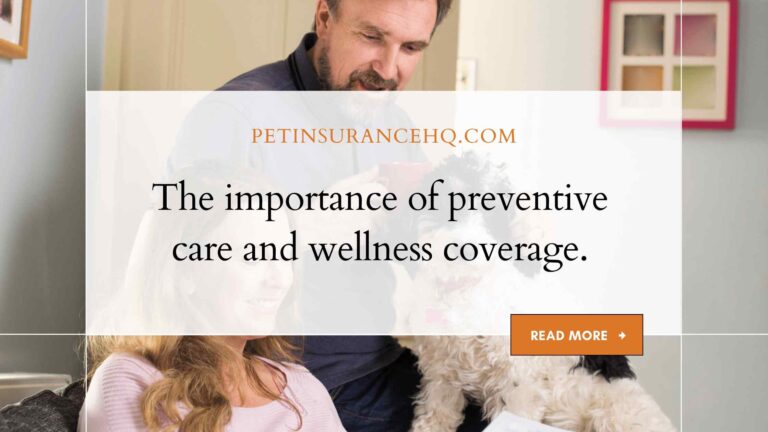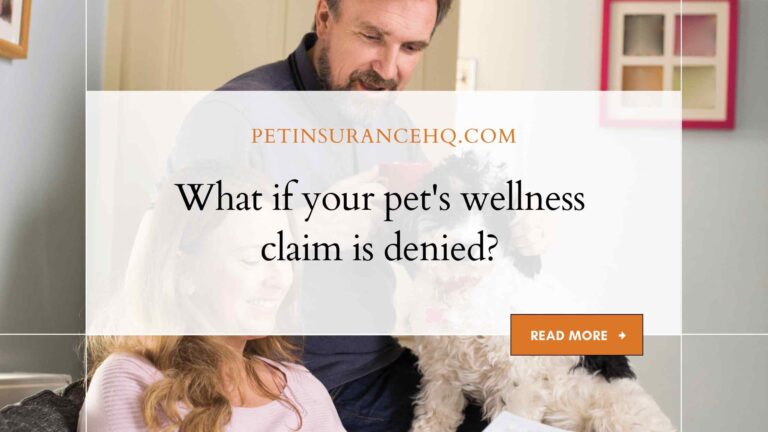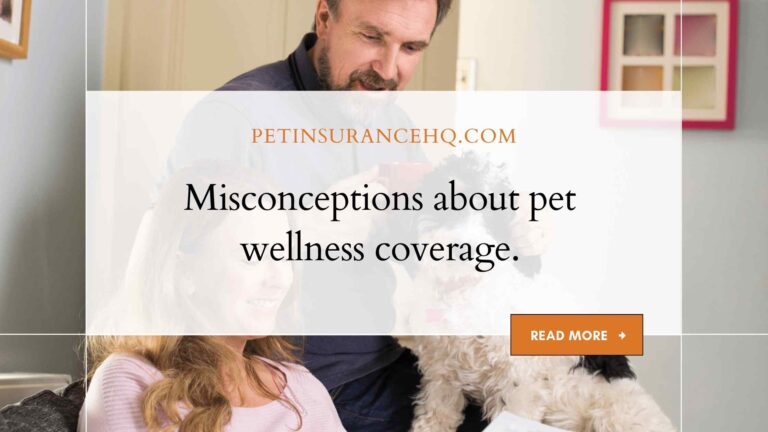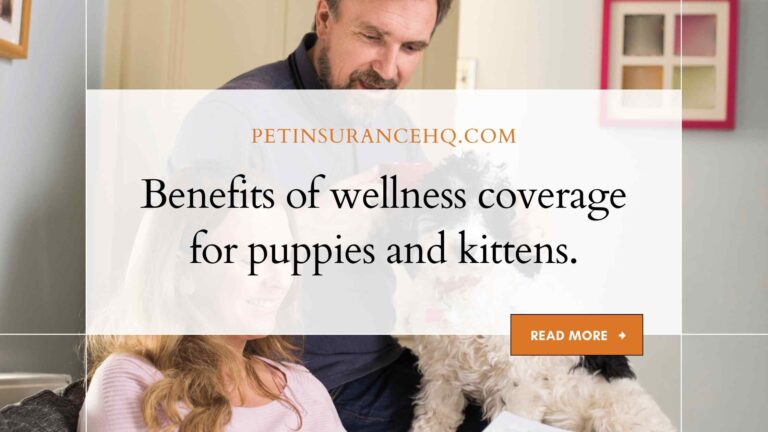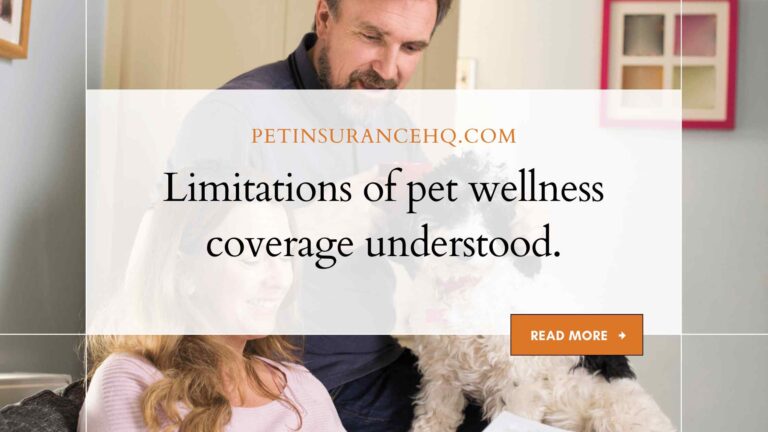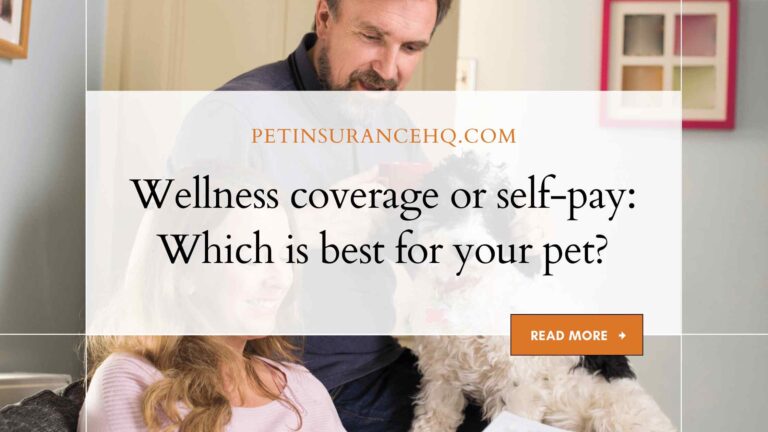A pet owner’s guide to using wellness coverage effectively
Are you a pet owner who wants to ensure your furry friend gets the top-notch medical care they deserve? If so, then welcome to our guide on using wellness coverage effectively! As animals age, they require routine veterinary visits and preventative care measures that can quickly add up in costs. This is where wellness coverage comes in handy.
In this post, we will explore everything from understanding what exactly wellness coverage entails to tips for getting the most out of your policy. So grab a cozy spot with your four-legged friend at your side and let’s dive into how you can give them optimal health while also ensuring financial peace of mind!
Introduction: What is Pet Wellness Coverage?
As a pet owner, you know that maintaining your pet’s health is important. But did you know that there are now insurance policies available that can help you cover the cost of your pet’s routine care?
Pet wellness coverage is an insurance policy that helps pay for the costs of routine preventive care for your pet. This can include things like vaccinations, routine bloodwork and checkups, teeth cleanings, and more.
Most pet wellness coverage plans have no deductible and no co-pays, so they are very affordable. And, because they help you cover the cost of routine care, they can help you avoid more expensive problems down the road.
If you’re considering purchasing pet insurance, be sure to ask about wellness coverage options. It could be just what you need to keep your furry friend healthy and happy for years to come!
Identify Your Pet’s Needs
As a pet owner, it’s important to be aware of your pet’s needs in order to use wellness coverage effectively. Wellness coverage can help with routine care and preventive measures to keep your pet healthy, but it’s up to you to identify when your pet needs medical attention.
Here are some things to keep in mind when identifying your pet’s needs:
- Your pet should see a veterinarian at least once a year for a check-up and vaccinations. If you have questions or concerns about your pet’s health in between visits, don’t hesitate to call your veterinarian. They can give you advice on whether or not your pet needs to be seen.
- Be aware of changes in your pet’s behavior, appetite, energy level, etc. Any sudden changes could be indicative of an underlying health issue that needs to be addressed.
- Pay attention to your pet’s body language. They can’t tell you directly if something hurts, but they may show signs of discomfort or pain through their body language. If you think something may be wrong, trust your instinct and take them to the vet.
By being attuned to your pet’s needs and knowing when to seek medical attention, you can make the most of your wellness coverage and ensure that your furry friend stays happy and healthy for years to come!
Research Plans and Coverage Options

There are a few key things to keep in mind when it comes to using your wellness coverage effectively. First, research your plan options and coverage thoroughly before enrolling in a policy. Make sure you understand what is and is not covered under your particular plan. Secondly, be aware of any out-of-pocket costs associated with your coverage, such as deductibles and co-pays. And finally, take advantage of preventative care services and screenings offered by most plans in order to keep your pet healthy and avoid costly medical bills down the road.
If you have questions about which plan is right for you or how to make the most of your coverage, consult with your veterinarian or insurance agent. They will be able to help you navigate the ins and outs of pet insurance and find a policy that meets both your needs and budget.
Unraveling Plan Details
As a pet owner, you want to do everything you can to keep your furry friend healthy and happy. Wellness coverage can be a great way to help offset the cost of routine care, but it’s important to understand how these plans work before enrolling.
Here are some things to keep in mind when unraveling the details of a wellness plan:
- Most plans cover preventive care like vaccinations and routine check-ups, but they may not cover other services like dental cleanings or spay/neuter surgery.
- Be sure to read the fine print carefully so you know exactly what is and isn’t covered under the plan.
- Know that some services may require pre-approval from the insurance company before they’ll be covered. This means that you’ll need to submit documentation in advance and may have to pay out-of-pocket for the service if it’s not approved.
- Many wellness plans have an annual limit on how much they will reimburse for covered services, so be aware of this when budgeting for your pet’s care.
- Make sure you use a reputable provider who is in-network with your insurance company to get the most bang for your buck!
Budget for Costly Services
Your dog or cat is like a family member, so when they get sick, you want to do everything you can to make them better. But vet bills can be expensive, and if you don’t have pet insurance, they can quickly become unmanageable.
Wellness coverage can help offset the cost of some of these services, but it’s important to understand what is and isn’t covered before using your coverage. Otherwise, you could end up with a big bill for services that aren’t covered.
Here are a few things to keep in mind when budgeting for costly services with your pet insurance:
- Check your policy documents to see what services are covered.
- Make sure you understand any exclusions or limitations on coverage.
- Talk to your veterinarian about what treatment options are available and their approximate costs so you can make an informed decision about using your coverage.
- Keep in mind that most policies have an annual limit on how much they will pay out for covered services, so you may need to pay for some services out-of-pocket even if they are technically covered.
- Some policies have a deductible that must be met before coverage kicks in, so budget for that as well.
- Remember that preventive care (like routine checkups and vaccinations) is usually not covered by pet insurance, so budget for those separately.
By following these tips, you can help make sure that you can afford the care your pet needs when they are sick or injured.
Understand Your Deductibles, Copayments and Coinsurance
As a pet owner, it is important to understand your insurance plan’s deductible, copayment and coinsurance rules in order to make the most effective use of your wellness coverage.
Your deductible is the amount you have to pay out-of-pocket before your insurance plan begins to cover eligible expenses. For example, if your deductible is $500, you will need to pay the first $500 of eligible vet bills yourself. Once you’ve met your deductible, your insurance plan will start paying a portion of covered expenses.
Copayments are a fixed amount that you pay for an eligible service at the time of service. For example, if your copayment for an office visit is $30, you will pay that amount at the time of the visit. Copayments do not go towards meeting your deductible.
Coinsurance is a percentage of an eligible expense that you are responsible for paying. For example, if your coinsurance is 20%, and you have a $100 vet bill, you would pay $20 towards that bill and your insurance company would pay $80. Coinsurance applies after you’ve met your deductible (if applicable).
Choose the Right Preventive Care Services for Your Pet
Preventive care services help keep your pet healthy and can catch potential problems early. It’s important to choose the right preventive care services for your pet based on their individual needs.
For dogs, some important preventive care services include routine vaccinations, spaying or neutering, heartworm and flea/tick prevention, and dental cleanings. For cats, routine vaccinations, spaying or neutering, and intestinal parasite prevention are important.
You should talk to your veterinarian about what preventive care services are right for your individual pet. They can help you create a tailored wellness plan that meets your pet’s needs.
Make the Most of Your Benefits Year Round
As a pet owner, you know that your furry friend is an important part of the family. And just like any other family member, you want to do everything you can to keep them healthy and happy.
Fortunately, if you have wellness coverage through your pet insurance policy, you can do just that – and save money while you’re at it. Here’s how to make the most of your benefits year-round:
- Schedule an annual exam. An annual exam is a great way to catch any potential health problems early on and get them treated before they become serious. Plus, many pet insurance policies cover the cost of an annual exam 100%.
- Get vaccinations up to date. Vaccinations help protect your pet from deadly diseases, and most pet insurance policies cover the cost of vaccinations 100%. So make sure your pet is up to date on all their shots.
- Get routine dental cleanings. Just like humans, pets need to have their teeth cleaned regularly to avoid problems like gum disease and tooth decay. Many pet insurance policies cover routine dental cleanings 100%.
- Take advantage of free services. Many pet insurance policies offer free services like nail trims or anal gland expressions. take advantage of these services when they’re offered so you can keep your pet looking and feeling their best.
By taking advantage of all the benefits your pet insurance policy has to offer, you can keep your furry friend healthy and safe – while also saving yourself some money in the process!
Conclusion
Taking the time to understand how wellness coverage works and the options available can help pet owners make sure their furry family members get the best care possible. By taking advantage of preventive services covered by your pet’s insurance policy, you can be proactive in maintaining a healthier life for your pets. Furthermore, using online resources to compare different plans and their various benefits, as well as take advantage of discounts specifically designed for pet parents, will help save time and money while ensuring your beloved companion is taken care of.

